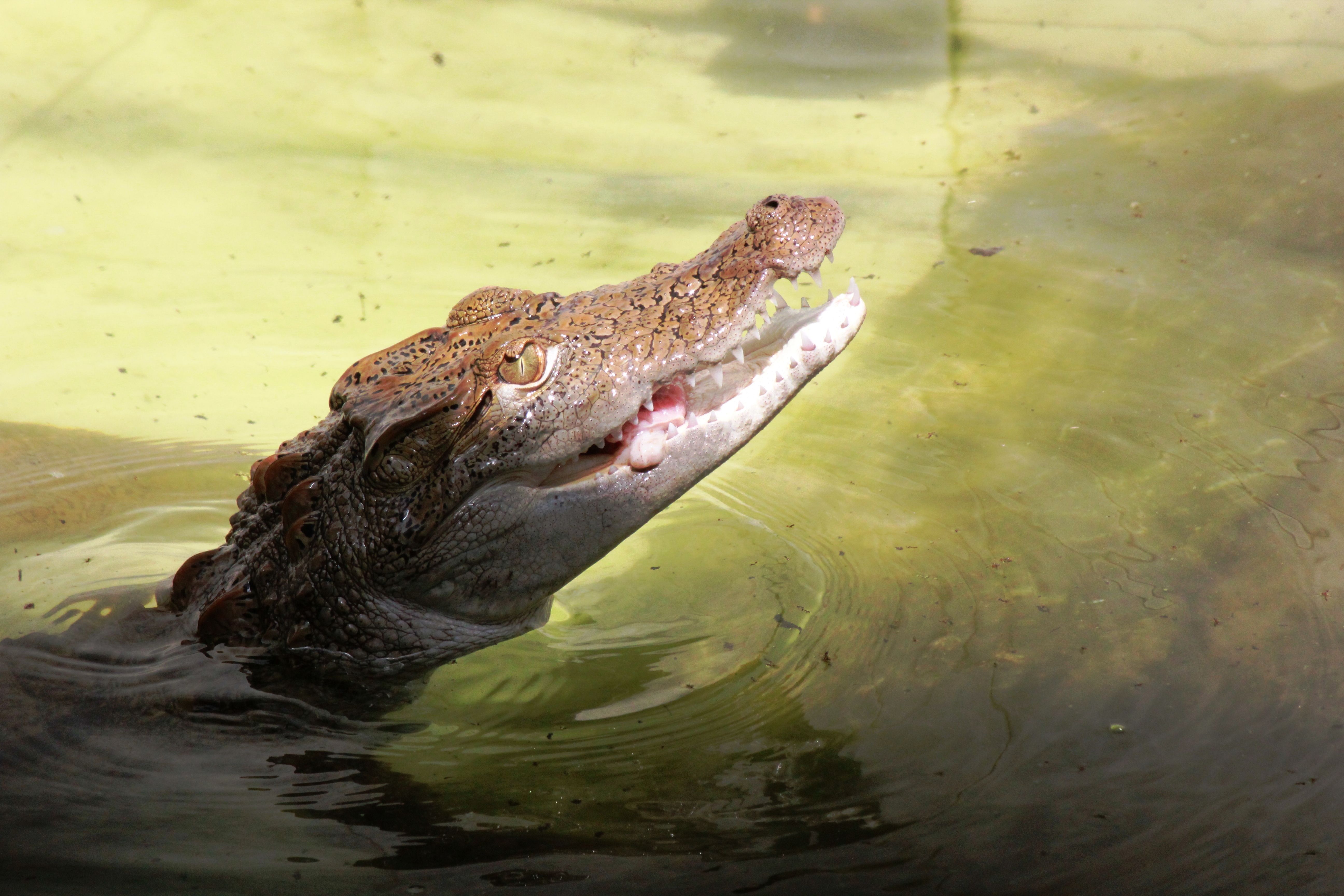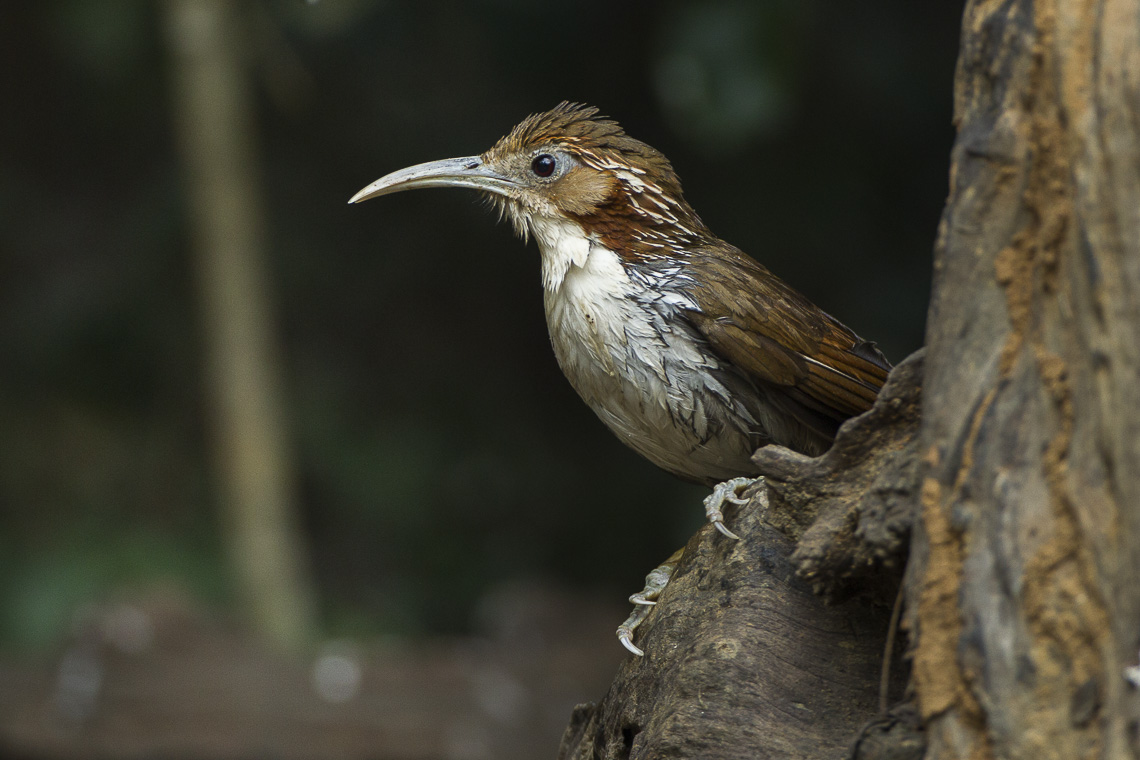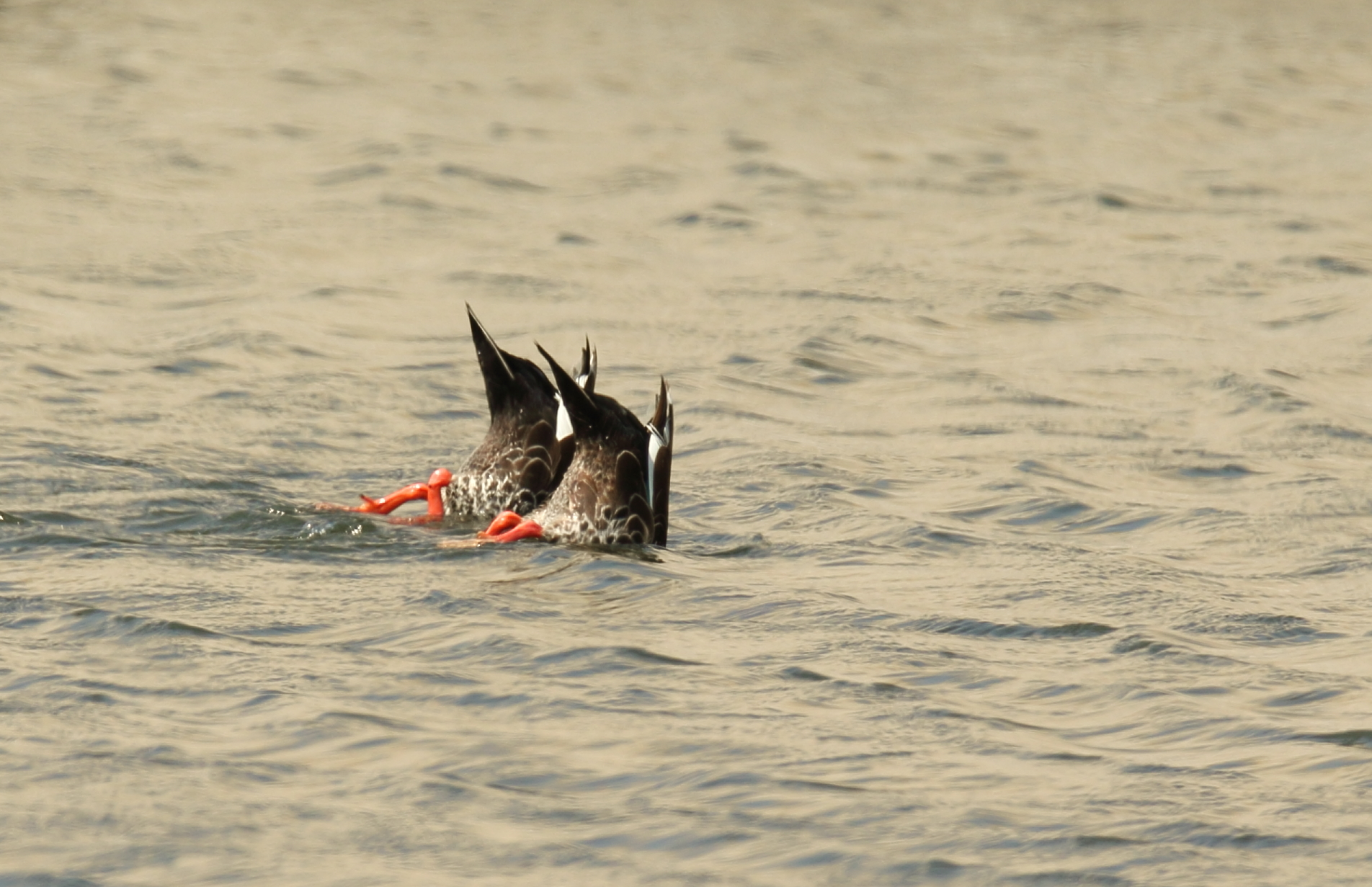|
Dhaka Zoo
Bangladesh National Zoo, ( bn, বাংলাদেশ জাতীয় চিড়িয়াখানা) is a zoo located in the Mirpur section of Dhaka, the capital city of Bangladesh. The zoo contains many native and non-native animals and wild life, and hosts about three million visitors each year. On February 5, 2015, the name changed from Dhaka Zoo to Bangladesh National Zoo. Established in 1974, the Dhaka Zoo is the largest zoo in Bangladesh, and is operated by the Ministry of Fisheries and Livestock. The zoo attracts around 10,000 visitors every day with the number increasing during the weekends and holidays. The zoo is also known for its poor conditions for animals and the corruption of its officials. The yearly budget of Dhaka Zoo is Tk 37.5 million, out of which Tk 25 million is spent on feeding the animals. History On 26 December 1950, the agricultural, cooperation and aid ministry officially declared to establish a zoo in Dhaka. Hence the zoo started that t ... [...More Info...] [...Related Items...] OR: [Wikipedia] [Google] [Baidu] |
Mirpur Thana
Mirpur ( bn, মীরপুর/মিরপুর) is a ''thana'' of Dhaka city, Bangladesh. It is bounded by Pallabi Thana to the north, Mohammadpur Thana to the south, Kafrul to the east, and Savar Upazila to the west. History Mirpur thana was established in 1962. The thana consists of one ''union porishod'', eight wards, 11 mouzas and 86 and 20 villages. Mirpur Thana (town) area was included in Keraniganj Thana during the British period (1757 to 1947) and in Tejgaon Thana during the Pakistan period (1947 to 1971). After the Liberation War following the victory day, Mirpur was independent on 31 January 1972. Geography Mirpur is located at . It has a total area of and is situated in the north-east of Dhaka city. Demographics At the 2000 census of Bangladesh, Mirpur had a population of 1,074,232, of which males constituted 54.15% and females 45.85%. 610,270 were over the age of 18, and the average literacy rate was 68.9% (7+ years), compared to the national average of ... [...More Info...] [...Related Items...] OR: [Wikipedia] [Google] [Baidu] |
Hippopotamus
The hippopotamus ( ; : hippopotamuses or hippopotami; ''Hippopotamus amphibius''), also called the hippo, common hippopotamus, or river hippopotamus, is a large semiaquatic mammal native to sub-Saharan Africa. It is one of only two extant species in the family Hippopotamidae, the other being the pygmy hippopotamus (''Choeropsis liberiensis'' or ''Hexaprotodon liberiensis''). Its name comes from the ancient Greek for "river horse" (). Aside from elephants and rhinos, the hippopotamus is the largest land mammal. It is also the largest extant land artiodactyl. Despite their physical resemblance to pigs and other terrestrial even-toed ungulates, the closest living relatives of the hippopotamids are cetaceans (whales, dolphins, porpoises, etc.), from which they diverged about 55 million years ago. Hippos are recognisable for their barrel-shaped torsos, wide-opening mouths with large canine tusks, nearly hairless bodies, pillar-like legs, and large size: adults average ... [...More Info...] [...Related Items...] OR: [Wikipedia] [Google] [Baidu] |
Old World Babbler
The Old World babblers or Timaliidae are a family of mostly Old World passerine birds. They are rather diverse in size and coloration, but are characterised by soft fluffy plumage. These are birds of tropical areas, with the greatest variety in Southeast Asia and the Indian subcontinent. The timaliids are one of two unrelated groups of birds known as babblers, the other being the Australasian babblers of the family Pomatostomidae (also known as pseudo-babblers). Morphological diversity is rather high; most species resemble "warblers", jays or thrushes. This group is among those Old World bird families with the highest number of species still being discovered. Characteristics Timaliids are small to medium birds. They have strong legs, and many are quite terrestrial. They typically have generalised bills, similar to those of a thrush or warbler, except for the scimitar babblers which, as their name implies, have strongly decurved bills. Most have predominantly brown plumage, ... [...More Info...] [...Related Items...] OR: [Wikipedia] [Google] [Baidu] |
Finches
The true finches are small to medium-sized passerine birds in the family Fringillidae. Finches have stout conical bills adapted for eating seeds and nuts and often have colourful plumage. They occupy a great range of habitats where they are usually resident and do not migrate. They have a worldwide distribution except for Australia and the polar regions. The family Fringillidae contains more than two hundred species divided into fifty genera. It includes species known as siskins, canaries, redpolls, serins, grosbeaks and euphonias. Many birds in other families are also commonly called "finches". These groups include the estrildid finches (Estrildidae) of the Old World tropics and Australia; some members of the Old World bunting family (Emberizidae) and the New World sparrow family (Passerellidae); and the Darwin's finches of the Galapagos islands, now considered members of the tanager family (Thraupidae).Newton (1973), Clement ''et al.'' (1993) Finches and canaries were us ... [...More Info...] [...Related Items...] OR: [Wikipedia] [Google] [Baidu] |
Anatinae
The Anatinae are a subfamily of the family Anatidae (swans, geese and ducks). Its surviving members are the dabbling ducks, which feed mainly at the surface rather than by diving. The other members of the Anatinae are the extinct moa-nalo, a young but highly apomorphic lineage derived from the dabbling ducks. There has been much debate about the systematical status and which ducks belong to the Anatinae. Some taxonomic authorities only include the dabbling ducks and their close relatives, the extinct moa-nalos. Alternatively, the Anatinae are considered to include most "ducks", and the dabbling ducks form a tribe Anatini within these. The classification as presented here more appropriately reflects the remaining uncertainty about the interrelationships of the major lineages of Anatidae (waterfowl). Systematics The dabbling duck group, of worldwide distribution, was delimited in a 1986 study to include eight genera and some 50–60 living species. However, Salvadori's teal is ... [...More Info...] [...Related Items...] OR: [Wikipedia] [Google] [Baidu] |
Ostrich
Ostriches are large flightless birds of the genus ''Struthio'' in the order Struthioniformes, part of the infra-class Palaeognathae, a diverse group of flightless birds also known as ratites that includes the emus, rheas, and kiwis. There are two living species of ostrich: the common ostrich, native to large areas of sub-Saharan Africa and the Somali ostrich, native to the Horn of Africa. The common ostrich was also historically native to the Arabian Peninsula, and ostriches were present across Asia as far east as Mongolia during the Late Pleistocene and possibly into the Holocene. They lay the largest eggs of any living land animal. With the ability to run at 70 km/h (43.5 mph), they are the fastest birds on land. They are farmed worldwide, particularly for their feathers as they are used as decoration and feather dusters. Their skin is also used for leather products. They are the heaviest living birds. Taxonomic history The genus ''Struthio'' was first described b ... [...More Info...] [...Related Items...] OR: [Wikipedia] [Google] [Baidu] |
Owls
Owls are birds from the Order (biology), order Strigiformes (), which includes over 200 species of mostly Solitary animal, solitary and Nocturnal animal, nocturnal birds of prey typified by an upright stance, a large, broad head, binocular vision, binaural hearing, sharp talons, and feathers adapted for silent flight. Exceptions include the diurnal northern hawk-owl and the gregarious burrowing owl. Owls hunt mostly small mammals, insects, and other birds, although a few species specialize in hunting fish. They are found in all regions of the Earth except the polar ice caps and some remote islands. Owls are divided into two Family (biology), families: the True owl, true (or typical) owl family, Strigidae, and the barn-owl family, Tytonidae. A group of owls is called a "parliament". Anatomy Owls possess large, forward-facing eyes and ear-holes, a hawk-like beak, a flat face, and usually a conspicuous circle of feathers, a facial disc, around each eye. The feathers making u ... [...More Info...] [...Related Items...] OR: [Wikipedia] [Google] [Baidu] |
Cassowary
Cassowaries ( tpi, muruk, id, kasuari) are flightless birds of the genus ''Casuarius'' in the order Casuariiformes. They are classified as ratites (flightless birds without a keel on their sternum bones) and are native to the tropical forests of New Guinea (Papua New Guinea and East Indonesia), Aru Islands (Maluku), and northeastern Australia.. Three species are extant: The most common, the southern cassowary, is the third-tallest and second-heaviest living bird, smaller only than the ostrich and emu. The other two species are represented by the northern cassowary and the dwarf cassowary; the northern cassowary is the most recently discovered and the most threatened. A fourth but extinct species is represented by the pygmy cassowary. Cassowaries feed mainly on fruit, although all species are truly omnivorous and take a range of other plant foods, including shoots and grass seeds, in addition to fungi, invertebrates, and small vertebrates. Cassowaries are very wary of human ... [...More Info...] [...Related Items...] OR: [Wikipedia] [Google] [Baidu] |
Parrots
Parrots, also known as psittacines (), are birds of the roughly 398 species in 92 genus (biology), genera comprising the order (biology), order Psittaciformes (), found mostly in tropics, tropical and subtropics, subtropical regions. The order is subdivided into three superfamilies: the true parrot, Psittacoidea ("true" parrots), the Cockatoo, Cacatuoidea (cockatoos), and the New Zealand parrot, Strigopoidea (New Zealand parrots). One-third of all parrot species are threatened by extinction, with higher aggregate extinction risk (Red List Index, IUCN Red List Index) than any other comparable bird group. Parrots have a generally pantropical distribution with several species inhabiting temperateness, temperate regions in the Southern Hemisphere, as well. The greatest biodiversity, diversity of parrots is in South America and Australasia. Characteristic features of parrots include a strong, curved beak, bill, an upright stance, strong legs, and clawed Dactyly#In birds, zygodactyl f ... [...More Info...] [...Related Items...] OR: [Wikipedia] [Google] [Baidu] |
Rhea (bird)
The rheas ( ), also known as ñandus ( ) or South American ostriches, are large ratites (flightless birds without a keel on their sternum bone) in the order Rheiformes, native to South America, distantly related to the ostrich and emu. Most taxonomic authorities recognize two extant species: the greater or American rhea (''Rhea americana''), and the lesser or Darwin's rhea (''Rhea pennata''). The International Union for Conservation of Nature (IUCN) classifies the puna rhea as another species instead of a subspecies of the lesser rhea. The IUCN currently rates the greater and puna rheas as near-threatened in their native ranges, while Darwin's rhea is of least concern. In addition, a feral population of the greater rhea in Germany appears to be growing, though control efforts are underway, and seem to be succeeding in controlling the birds' population growth. Etymology The name "rhea" was used in 1752 by Paul Möhring and adopted as the English common name. Möhring named the ... [...More Info...] [...Related Items...] OR: [Wikipedia] [Google] [Baidu] |
Peacocks
Peafowl is a common name for three bird species in the genera '' Pavo'' and ''Afropavo'' within the tribe Pavonini of the family Phasianidae, the pheasants and their allies. Male peafowl are referred to as peacocks, and female peafowl are referred to as peahens, although peafowl of either sex are often referred to colloquially as "peacocks." The two Asiatic species are the blue or Indian peafowl originally of the Indian subcontinent, and the green peafowl of Southeast Asia; the one African species is the Congo peafowl, native only to the Congo Basin. Male peafowl are known for their piercing calls and their extravagant plumage. The latter is especially prominent in the Asiatic species, which have an eye-spotted "tail" or "train" of covert feathers, which they display as part of a courtship ritual. The functions of the elaborate iridescent colouration and large "train" of peacocks have been the subject of extensive scientific debate. Charles Darwin suggested that they served ... [...More Info...] [...Related Items...] OR: [Wikipedia] [Google] [Baidu] |
Baboon
Baboons are primates comprising the genus ''Papio'', one of the 23 genera of Old World monkeys. There are six species of baboon: the hamadryas baboon, the Guinea baboon, the olive baboon, the yellow baboon, the Kinda baboon and the chacma baboon. Each species is native to one of six areas of Africa and the hamadryas baboon is also native to part of the Arabian Peninsula. Baboons are among the largest non-hominoid primates and have existed for at least two million years. Baboons vary in size and weight depending on the species. The smallest, the Kinda baboon, is in length and weighs only , while the largest, the chacma baboon, is up to in length and weighs . All baboons have long, dog-like muzzles, heavy, powerful jaws with sharp canine teeth, close-set eyes, thick fur except on their muzzles, short tails, and nerveless, hairless pads of skin on their protruding buttocks called ischial callosities that provide for sitting comfort. Male hamadryas baboons have large white man ... [...More Info...] [...Related Items...] OR: [Wikipedia] [Google] [Baidu] |








.jpg)


